Anti-shrink stability
Effects of MODIPER® S series
In case MODIPER® is not used as low profile additive, no low profile additive will satisfy all performance requirements for molding products.
Characteristics of Various Low Profile Additives
| Low Profile Agent | Dispersal Stability | Anti-shrink stability | Surface Property | Mechanical Property | Coloration Characteristics | Transparency | Hot Water Resistant Property |
|---|---|---|---|---|---|---|---|
| PVAc | ✔+ | ✔+ | ✔+ | × | × | × | × |
| PMMA | ✔- | ✔- | ✔- | ✔- | ✔- | ✔- | ✔- |
| PS | × | ✔- | × | ✔ | ✔ | ✔ | ✔ |
| SBS | × | ✔ | × | ✔- | ✔ | ✔ | ✔ |
| Cross-linked polystyrene | ✔ | × or ✔- | ✔ | ✔- | ✔+ | ✔ or ✔+ | ✔ |
| MODIPER® S | ✔ | ✔ | ✔ | ✔ | ✔- or ✔ | ✔- | ✔ |
| MODIPER® M | ✔ | ✔- | ✔ | ✔ | ✔+ | ✔+ | ✔ |
✔+:the most excellent ✔:excellent ✔-:rather good ×:bad
Effect of MODIPER® S501
MODIPER® S501 has integration of PS segments and PVAc segments, so that MODIPER® S501 does not
affect the mechanical properties and appearance of unsaturated polyester (UP).
On the other hand,
in case the PS or PVAc are added simply as low profile additives, these additives can not work well
because of poor compatibility in UP.
Comparison of MODIPER® S501 with PVAc/PS Simple Blend
| Low Profile Additive | Before Curing | After Curing |
|---|---|---|
| MODIPER® S501 |
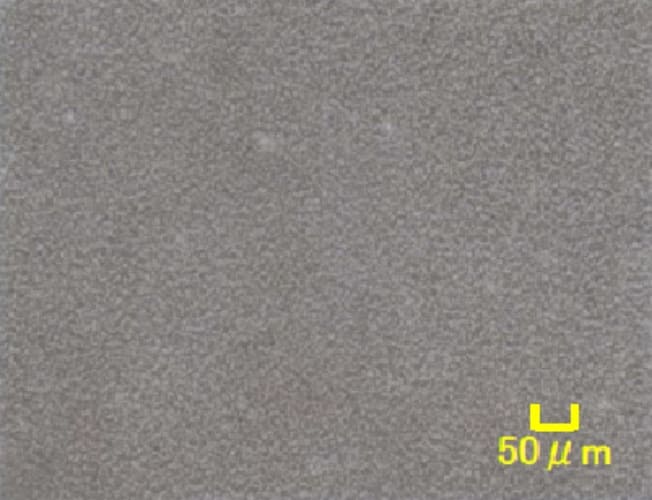
|
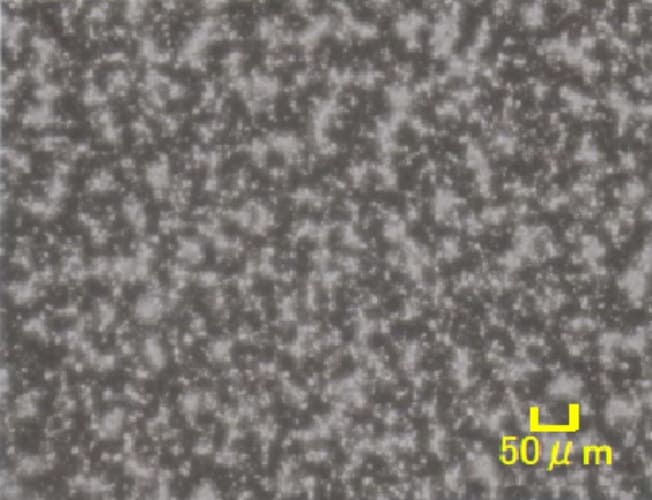
|
| PVAc/PS Simple Blend |
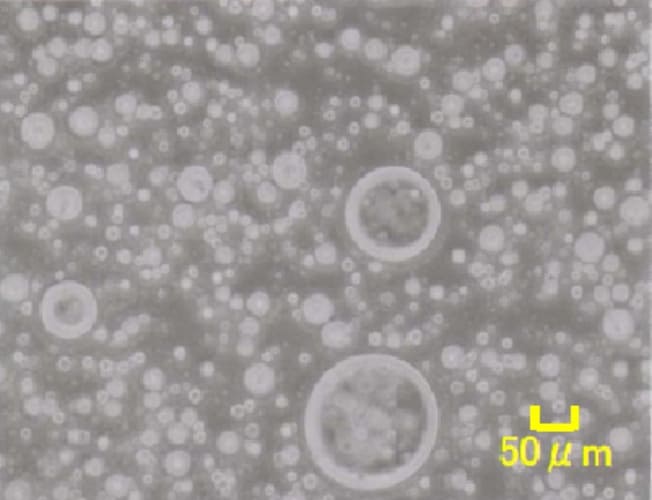
|
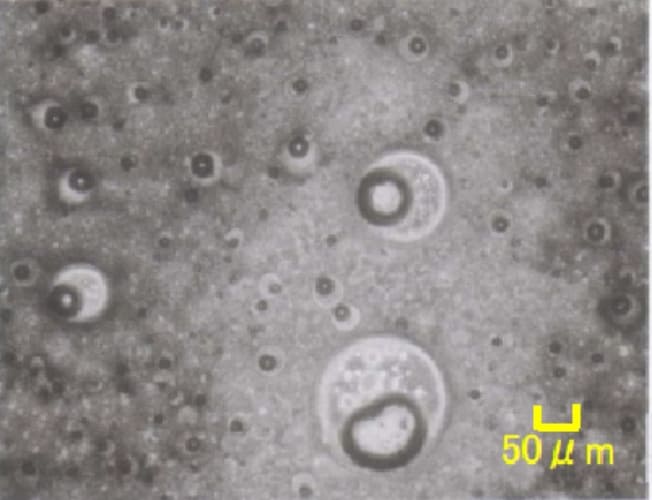
|
Effect of MODIPER® M202S
MODIPER® M202S has the functional groups that react with UP and does not cause interfacial
delamination with UP, so that MODIPER® M202S does not affect transparency and hot water resistance
of UP.
On the other hand, in case the cross-linked PS is added, it does affect the mechanical
properties of UP due to interfacial delamination with UP.
Difference of Morphology between MODIPER® M and Cross-linked PS
| Morphological Observation | Optical Microscope | SEM Photograph |
|---|---|---|
| MODIPER® M202S |
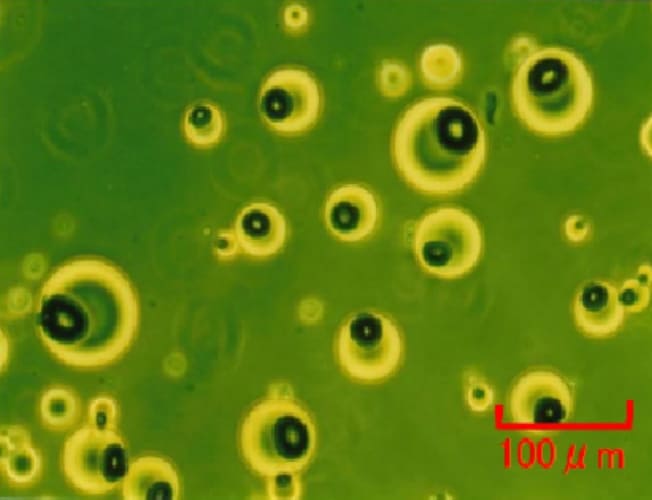
|
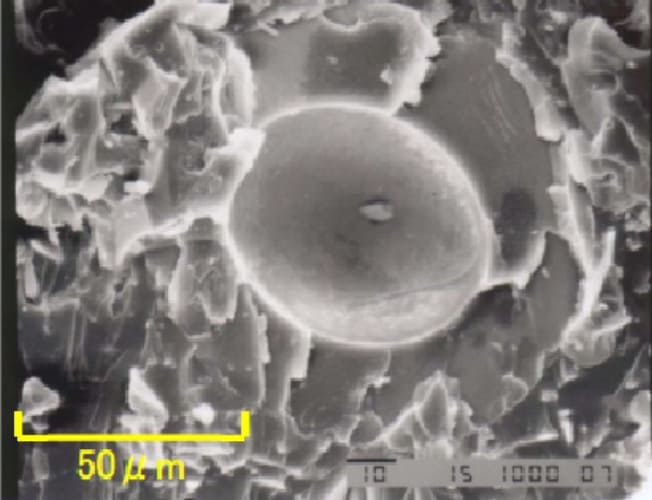
|
| Cross-linked PS |
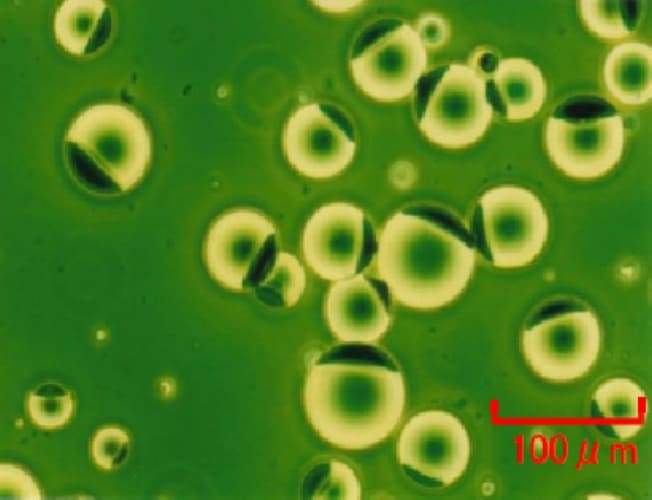
|
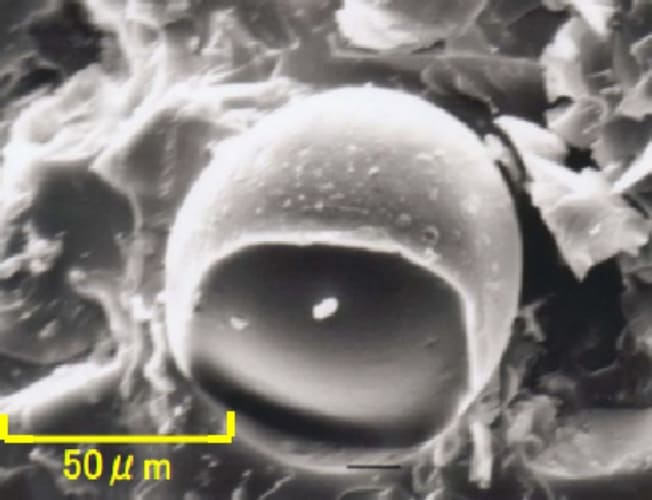
|